This blog is part of a larger exploration concerning Christian Innovation and Design, within a section focused specifically on Design Thinking Tools as best used in church ministry. Here, we will answer the question, “Is design thinking an innovation tool?” to which the obvious answer is, of course, YES!
Design thinking is a method of iterative problem-solving focused on the human experience. This means we’ll run a bunch of experiments, design a series of experiences, and test them against the preferences and desires of real people, to see which solution actually satisfies what the audience requires. In contrast to traditional problem-solving modalities, the biggest benefits of design thinking are that it starts with—and centers upon—people! This is not an abstract approach, but one focused on what people see, feel, know, understand, learn, observe, and want.
What you need to know, first and foremost, is that design thinking is a tool. The principles of design thinking can be organized and executed in a wide variety of ways, but all those ways are simply means to an end—the end being new and innovative solutions to ministry problems, obstacles, and barriers.
So, when someone asks, “Is design thinking a human-centric path to innovation?” the answer is obvious. Yes! That’s what differentiates the design-thinking process from all others, it is focused on “sacred self-interest.”
At Fossores Innovation and Design, we’re committed to the principle of sacred self-interest because too much ministry demands duteousness without ever promising meaning, significance, wonder, or development. In effect, Church forces people to believe and behave in certain ways “because the Bible says so”, or “because we need your help”, or “because it’s the right thing to do” without appreciating either the nuances of biblical interpretation, the leading of the Spirit, nor the awareness that one size does not fit all. Whether in preaching, discipleship, liturgy, or missiology, we need to acknowledge that our ministry is only effective insofar as it answers the question, “What difference does this make in my life?” Or, more simply, “So what?”
What design thinking examples can we provide that are focused on ministry?
Well, during the pandemic we recognized that people felt a strong need to both be safe and to gather. How did we facilitate this? In one church, we designed and crafted temporary box pews where parishioners could sit with just their family, in a 10×10’ space separate from all others (at a minimum distance of 6ft). This way, parishioners could participate in live, public worship without worrying about COVID. They had the benefit of gathering without the concern of contamination.
We never would have come up with such a solution out of the blue. Instead, by trusting our D.R.E.A.M. process, we were able to work with our church to design a bespoke solution for their people that satisfied all their requirements. It was cheap. It was cool. It was meaningful.
What is design thinking and innovation? In a nutshell…THAT.
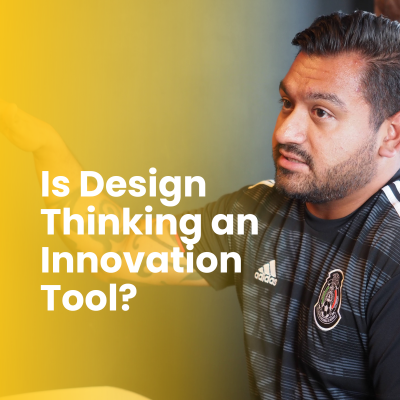
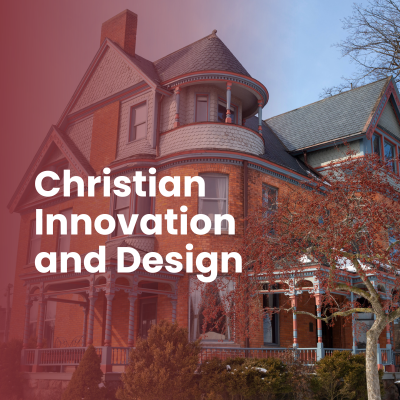
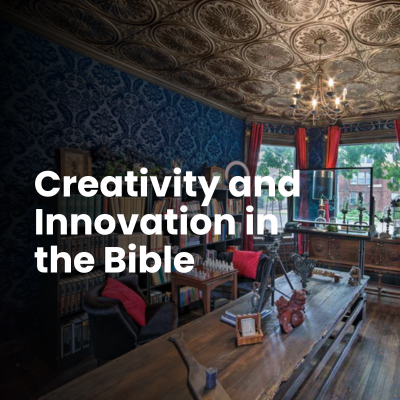
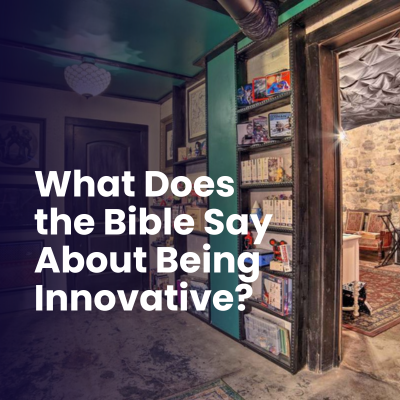
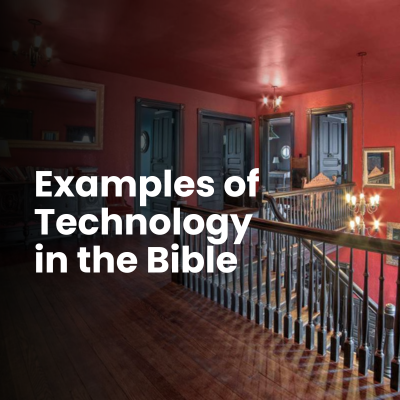

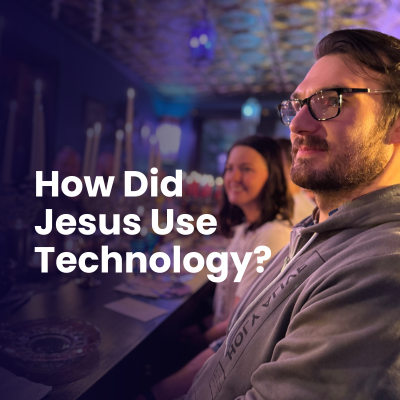
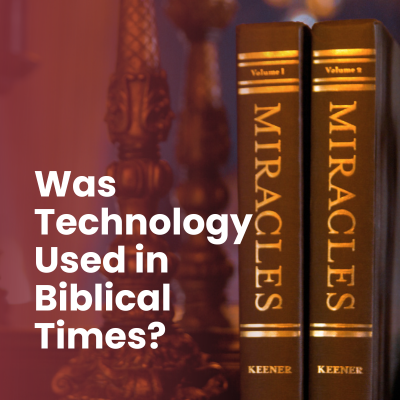


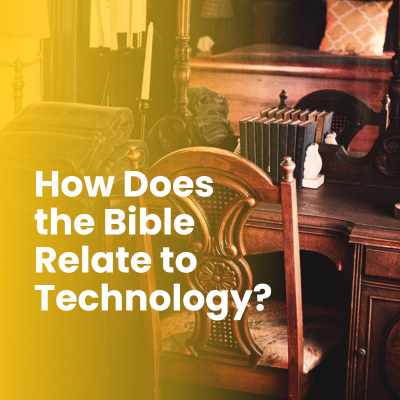
Leave a Reply